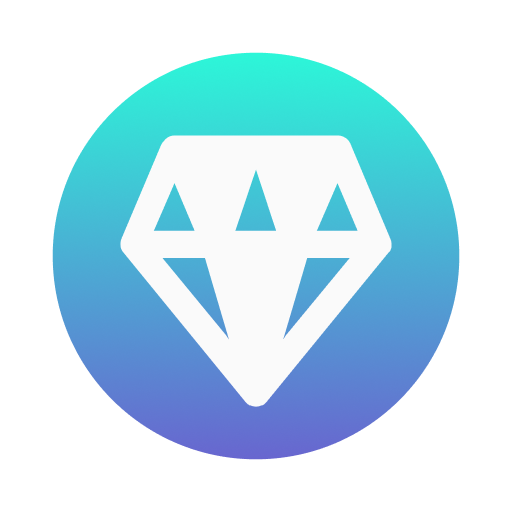The Gaggle Music Club: Johann Sebastian Bach’s Goldberg Variations
This week's selection for The Gaggle Music Club is Johann Sebastian Bach’s Goldberg Variations (BWV 988). Published in 1741, the Goldberg Variations is a monumental work of the Baroque period, characterized by technical brilliance, expressive range and structural ingenuity.
The work was published as the fourth and final part of Bach’s Clavier-Übung (Keyboard Practice), a series of works intended to demonstrate various aspects of keyboard technique and composition. It is named after Johann Gottlieb Goldberg, a young harpsichordist and a student of Bach's, who may also have been the first to perform it.
A famous—though possibly apocryphal—story, recounted by Bach’s early biographer Johann Nikolaus Forkel, claims that the work was commissioned by Count Hermann Karl von Keyserling, the Russian ambassador to Saxony. Suffering from insomnia, the count allegedly asked Bach to compose music that Goldberg could play to help him fall asleep.
Bach published the work himself under the title: Clavier-Übung bestehend in einer Aria mit verschiedenen Veränderungen vors Clavicimbal mit 2 Manualen (Keyboard Practice consisting of an Aria with diverse variations for harpsichord with two manuals).
The Goldberg Variations consists of an Aria (theme) at the beginning, 30 variations on the theme and a da capo return to the original Aria at the end. Contrary to common practice in variation forms, the variations here are not based on the melody of the Aria, but on its bass line and harmonic progression. This makes the work a set of bass variations, a form in which the underlying harmonic structure remains constant while the surface material changes dramatically.
The 30 variations are carefully organized. Every third variation is a canon. The other variations include: virtuosic toccata-style variations, dance forms, fugues, aria-like lyrical pieces.
The Aria itself is elegant, melancholy, stately, introspective and lyrical. The harmonic structure laid out in its 32 bars forms the basis for all 30 variations. The return of the Aria after 30 vastly different explorations gives the work a cyclical, almost metaphysical quality.
The combination of technical brilliance and spiritual introspection has led many to see it as not just a musical exercise, but as a journey of identity, transformation and return.
The Goldberg Variations stands at the summit of Bach’s keyboard writing. It represents his most ambitious work in variation form, and showcases the full range of Baroque keyboard techniques. It expresses perfectly the themes that ran throughout Bach’s life: polyphonic mastery, contrapuntal wit, spiritual intensity. It is also one of the last keyboard works that he published during his lifetime.
Bach's extraordinary composition redefined what the variation form could accomplish. While earlier composers had written variations on melodic themes, Bach’s use of a bass line as the invariant element allowed greater contrapuntal flexibility and depth. The intricate symmetry and mathematical rigor foreshadow modern compositional techniques such as those of the 20th-century serialists.
For much of the 18th and 19th centuries, the work was relatively neglected.
The 20th-century revival was driven largely by Glenn Gould, whose 1955 and 1981 recordings revolutionized how the piece was understood and performed, turning the piece into one of the most popular classical keyboard works.
The Goldberg Variations is a towering achievement in keyboard literature, blending intellectual rigor, emotional range and formal inventiveness. It remains one of the most studied, performed and beloved compositions in the classical canon.
Evgeni Koroliov is at the piano.















